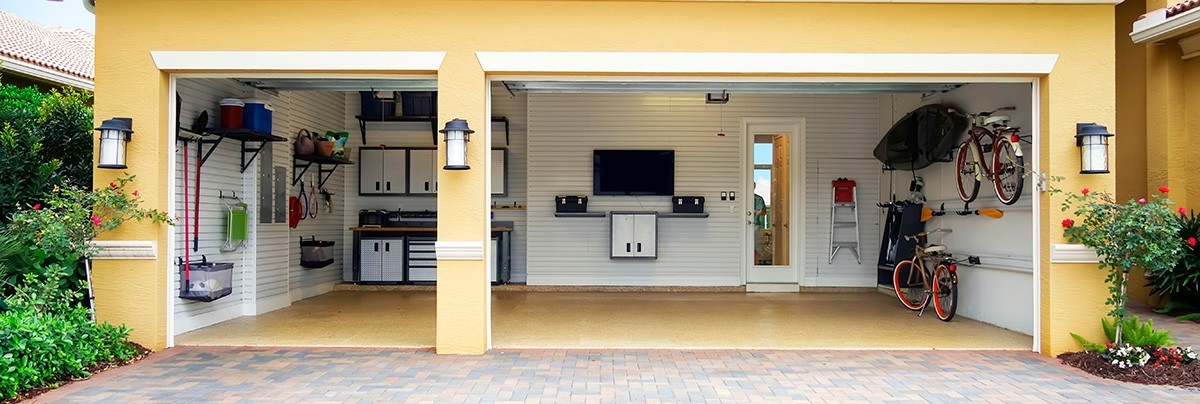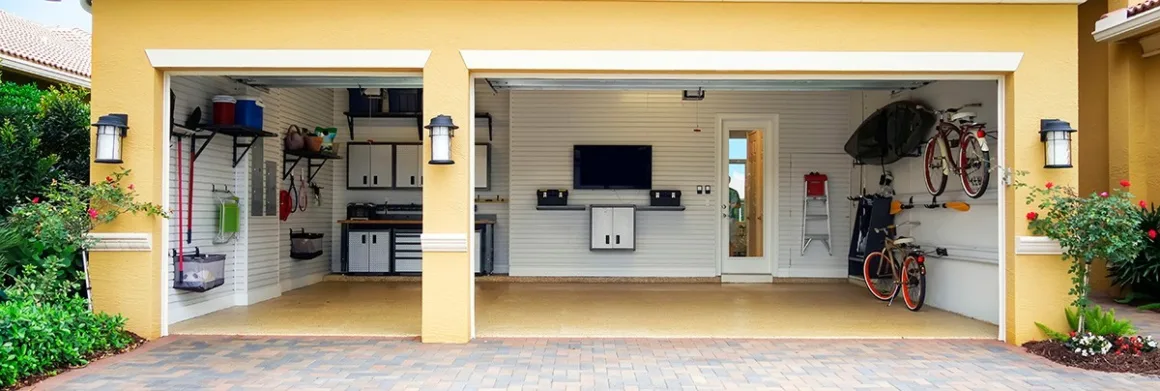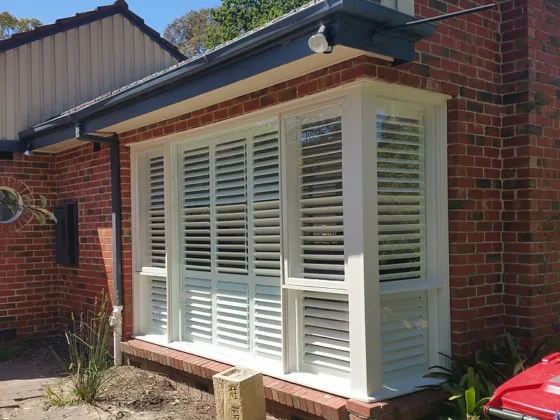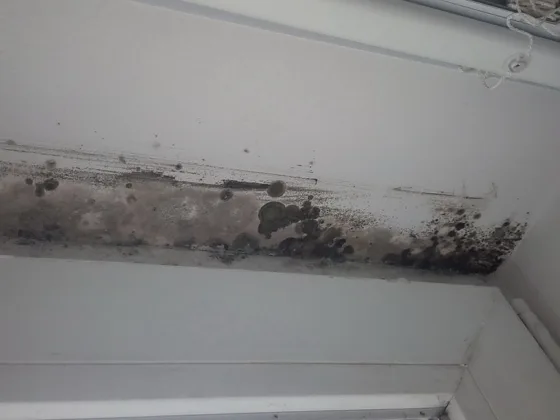Your garage is an essential part of your property and, as such, demands great orderliness. You should be able to access things without trampling or moving anything aside.
Having such an organizational method requires skill and patience, and time. As such, we intend to discuss how you can organize your garage yourself.

These tips and many more can be found on https://organyzedu.com
Step one: Sort
Usually, people think that the garage is a place to dump old and unused things without the worry of rearrangement.
This is far from the truth if you wish to have an organized setup. Typically, you will see several unrelated things scattered or stuffed in a place, making it difficult to find things.
As such, the first thing is to sort and clean the garage.
Sorting requires you to categorize objects and remove unneeded ones. The first step in sorting is to picture the garage and classify the loads in your head.
At this stage, you don’t need to touch anything. The next thing is to get cardboard and label each item category. Common classes include tools, pictures, and office items.
We implore that you have a category for unrelated items. Deciding where each item falls should not take you much time.
When you’re done with the mental side of things, start sorting physically and out items where they belong.
You might still resort to some items and change their category but ensure that all items get into a box.
You can put items you don’t want to lose or give use in a donate box. As a rule, items that have gone unused for up to half a year should go in the trash box to be thrown away.
This way, you won’t have to worry about them the next time you wish to organize your garage.
Read Also:
Step two: Plan
This is an essential step if you wish to have a great garage. It would be best if you had a plan before setup.
This way, storing things will be more realistic than hypothetical. The frequency of use should determine your storage order.
This means that items that are used frequently should go to places with little or no obstruction.
This way, you wouldn’t have to move anything or cause chaos to get to them every time.
On the other hand, you don’t use items for a long time to go to parts of the garage that you can’t reach easily. This is where you can put old things and boxes.
Depending on your interests and occupation, you can create zones that stand for particular items.
If you’re a farmer, you should have a farming zone to access your tools without any hassle. A trash area should contain items that need to be thrown out as soon as possible.
Other possible designated areas include tool, recreation, and gardening areas.
Before purchasing any box or shelf, ensure that you get the right size not to have extra unnecessary space.
Also, consider the accessibility of the storage area when arranging. Lightboxes should go on upper decks, while heavier ones should be on the ground so that you can pull them seamlessly.
Other boxes can go into less accessible spaces, especially if they’re rarely used items. Remember to leave the bin lid open so that you can throw out any trash easily.
Draw a viable garage plan and ensure that you get befitting cabinets. You can decide to hide items or leave them in the open.
Whichever one you choose, ensure that they’re well sorted. The lighting and electrical fittings should be adequate and well-considered.
You can use red hanging lights and remote switches for easy access. Place extension sockets at accessible places for emergency needs.
Step three: Storage tools
The third and last step in getting van organized garage space is buying the right storage tools.
There are varieties of them out there, but the best depends on your needs and preference. You can get overhead racks. These rack types put things out of the way and ensure that you can get them out easily.
They are usually made of metals with pulley systems to get your items up or down. They help you save lots of storage space, but the downside is the need for a ladder.
Another rack type is wall-mounted ones. This type helps save space also as they’re not sitting on the floor.
They are flexible and increase capacity. The downside is that each item will consume more space than necessary.










